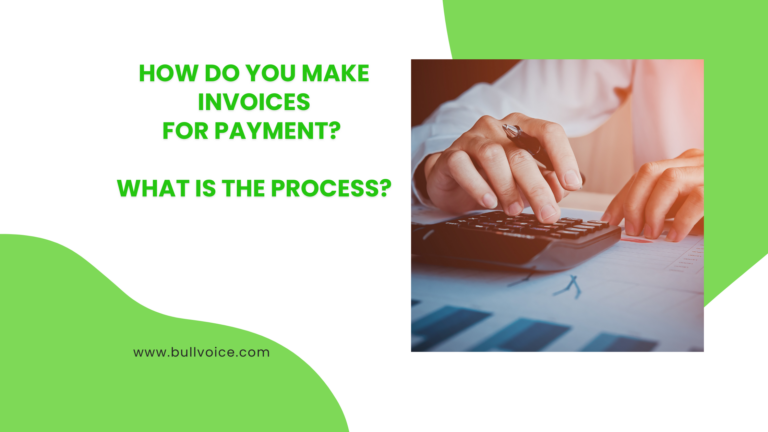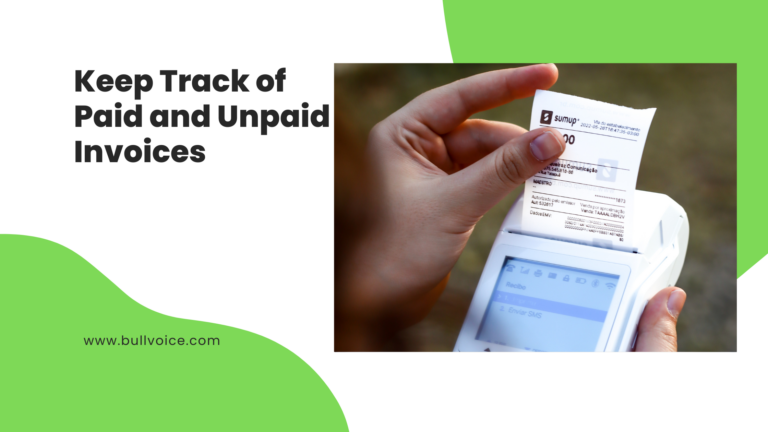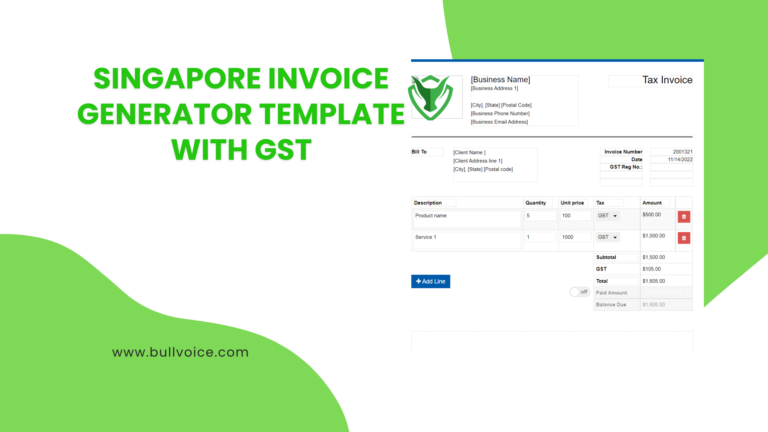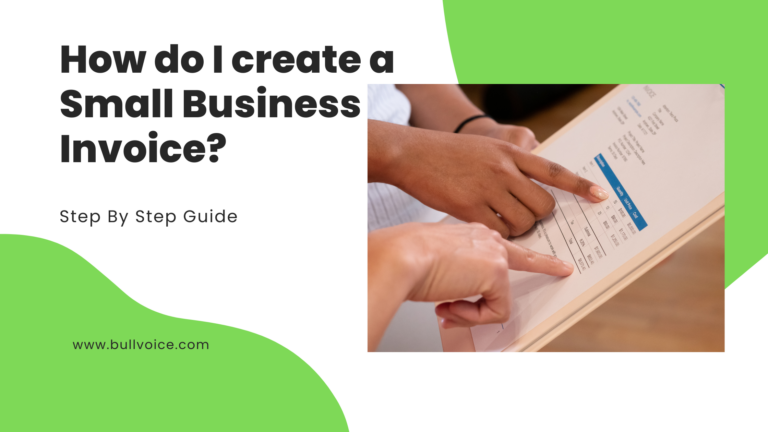When it comes to billing software, there are two main types: Subscription Billing and Invoice. Invoicing software is designed for one-time transactions, while subscription billing software is recurring. So, what’s the difference between the two? And which one is right for your business? In this blog post, we’ll explore the differences between subscription billing software and invoicing software. We’ll also give you some tips on choosing the right type of software for your business.
Aren’t Subscription Billing and Invoice Making Interchangeable Terms?
Subscription billing and invoicing are not interchangeable terms. Although both involve the process of billing customers for goods or services, there are some key differences between the two.
Subscription billing generally refers to the process of recurring billing, where customers are billed on a regular basis for access to a service or product. This could be monthly, quarterly, or yearly. In contrast, invoice making generally refers to one-time billing for a service or product that has already been delivered.
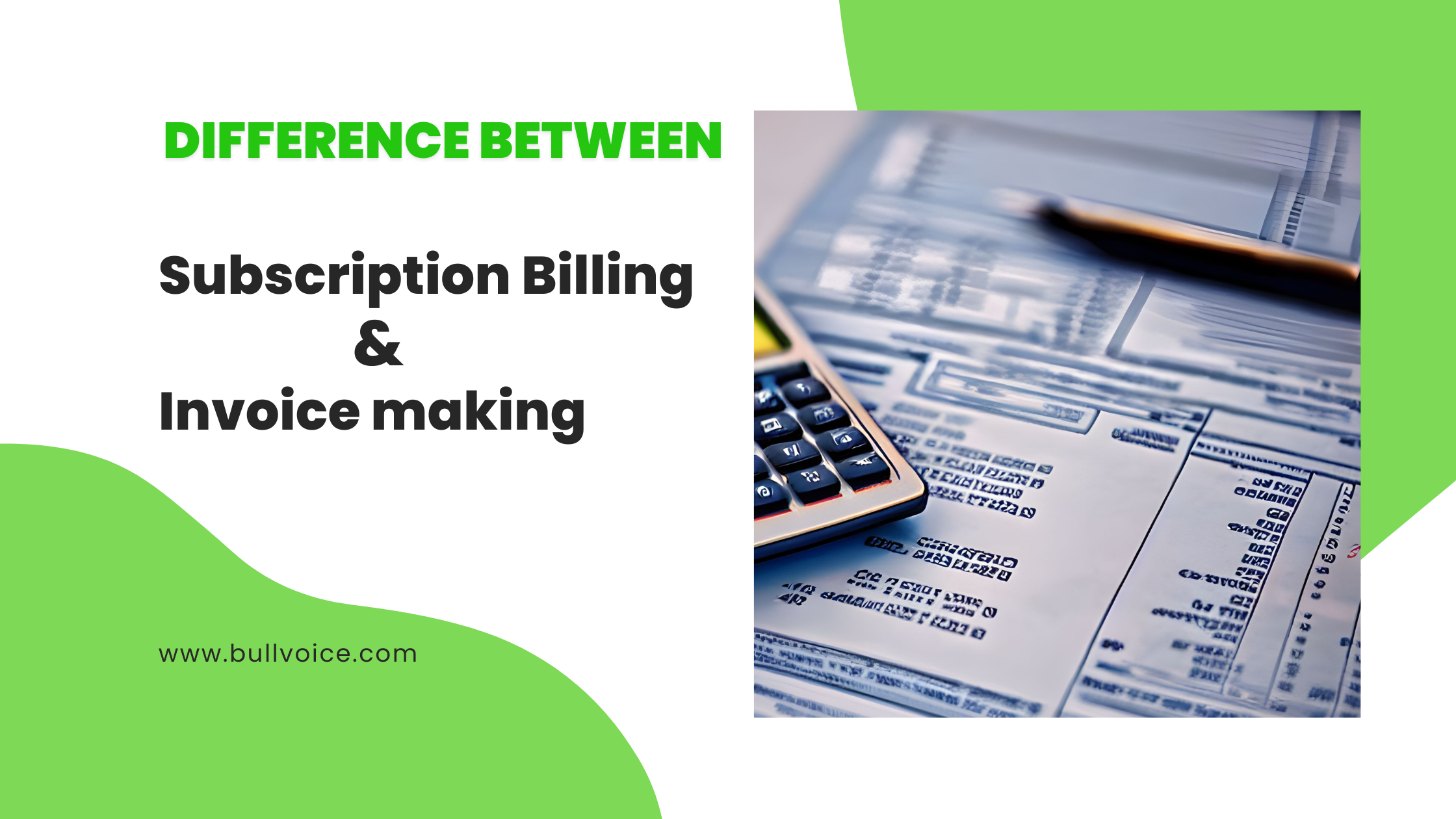
There are some similarities between subscription billing and invoicing, such as the need to track customer information and manage payments. However, subscription billing software typically offers more robust features for managing recurring payments and subscriptions. Invoicing software may also offer features for managing payments, but these tend to be more basic.
If you’re looking for a solution to manage your recurring billings, then subscription billing software is the better option. If you simply need to generate invoices for one-time transactions, then an invoicing software may be sufficient.
Subscription Billing software different from an Invoicing software
Invoicing software is designed to generate one-time or recurring invoices for goods or services. Subscription billing software, on the other hand, is designed to manage recurring revenue streams by automatically charging customers on a regular basis.
While both types of software can be used to track payments and send out invoices, subscription billing software has additional features that make it ideal for businesses with recurring revenue streams. For example, subscription billing software can handle automatic payments, prorations, and upgrades/downgrades.
If you’re not sure which type of software is right for your business, take a look at our comparison of invoice vs. subscription billing software.
Benefits of subscription billing software
When it comes to running a subscription-based business, billing is of the utmost importance. You need to ensure that you are billing your customers correctly and on time in order to keep the cash flowing and keep your business operational. That’s where subscription billing software comes in.
Subscription billing software is designed specifically for businesses that bill their customers on a recurring basis. This type of software automate the billing process, making it easier and more efficient. It can also help you keep track of customer payments, so you can quickly identify and address any issues that may arise.
There are many benefits to using subscription billing software for your business. Perhaps the most obvious benefit is that it can save you a lot of time and effort in terms of billing your customers. If you’re manually processing invoices and payments, this can be a very time-consuming task. With subscription billing software, all of this is automates, meaning you can spend more time focusing on other aspects of your business.
Another benefit of subscription billing software is that it can help you to avoid billing mistakes. When you’re manually processing invoices and payments, it’s easy to make mistakes. This can lead to late or incorrect payments, which can damage your relationship with your customers. With subscription billing software, all of the calculations are done for you, so you can be confident that your customers are being billed correctly.
Finally, subscription billing software can provide valuable insights into your business. By tracking customer payments and other data, you can gain a better understanding of your business finances and performance. This information can be used to make strategic decisions about how to grow and improve your business.
Benefits of Invoicing software
When it comes to billing your customers, there are a few different software options to choose from. Two of the most popular options are invoicing software and subscription billing software.
So, what’s the difference between the two? And which one is right for your business?
Invoicing software is designed to create and send invoices to your customers. This can be a one-time transaction or for ongoing services. Invoicing software is typically used by businesses that provide services or sell products on a one-time basis.
Subscription billing software, on the other hand, is designed for businesses that bill their customers on a recurring basis. This could be monthly, quarterly, or yearly. Subscription billing software typically includes features like automatic billing and payments, so you can set it up once and forget about it.
Both invoicing software and subscription billing software have their advantages and disadvantages. So, which one is right for your business? Here are a few things to consider:
One-time vs recurring payments: If you only need to bill your customers once in a while, then invoicing software will probably suffice. However, if you ne need to bill their customers on a regular basis. For example, subscription billing software typically includes automatic billing and payments, so you don’t have to worry about manually billing your customers every month.
Ease of use: When it comes to ease of use, both invoicing software and subscription billing software are fairly simple to use. However, subscription billing software is usually a bit more user-friendly since it’s designed specifically for businesses that need to bill their customers on a regular basis.
Pricing: When it comes to pricing, both invoicing software and subscription billing software typically have different pricing models. Invoicing software is typically priced based on the number of invoices you need to send, while subscription billing software is typically priced based on the number of customers you have.
Which one is right for your business?
If you only need to bill your customers once in a while, then invoicing software will probably suffice. However, if you need to bill your customers on a regular basis, then subscription billing software is a better option since it’s designed specifically for businesses that need to bill their customers on a recurring basis. To bill your customers on a regular basis, then subscription billing software is a better option since it’s designed specifically for recurring payments.
Features: When it comes to features, subscription billing software usually has more to offer since it’s specifically designed for businesses that need to bill their customers on a regular basis. For example, subscription billing software typically includes features like automatic billing and payments, so you don’t have to worry about manually billing your customers every month.
Pricing: When it comes to pricing, both invoicing software and subscription billing software typically have different pricing models. Invoicing software is typically priced based on the number of invoices you need to send, while subscription billing software is typically priced based on the number of customers you have.
 Start free
Start free